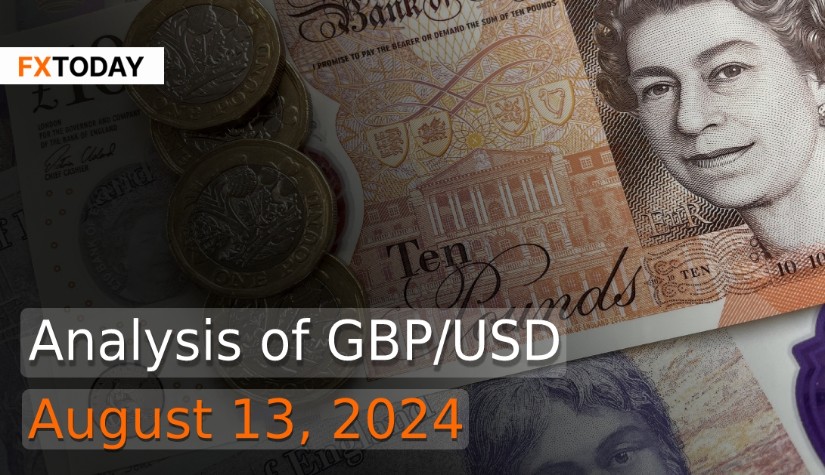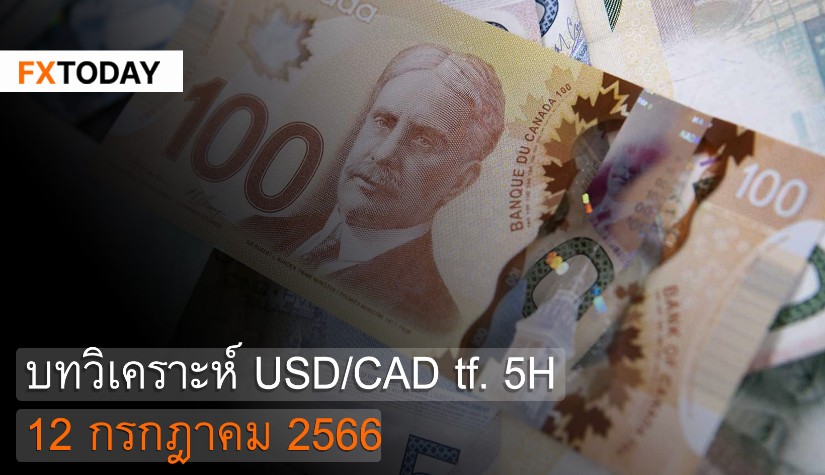UK Economy Faces Modest Growth, Job Market Slows, and Inflation Expected to Rise
The Bank of England recently reduced its interest rate from a 16-year high. This marks the BoE's first rate cut in over four years, aimed at providing some relief to households and businesses as they recover from the inflationary impacts of the COVID pandemic and the Russia-Ukraine conflict. The new rate is now set at 5.0%, down from the previous 5.25%. While this move may offer a cautious optimism for Britain's struggling economy, significant growth challenges remain for the new government.
The UK job market showed signs of slowing in July, with slower pay increases and a continued downturn in permanent hiring. The Bank of England is monitoring wage growth and inflation pressures, with Catherine Mann, a BoE Monetary Policy Committee member, noting that wage and price pressures may persist for years due to structural factors from recent high inflation. Inflation returned to 2% in May but is expected to rise again slightly later this year.
In a move to modernize inflation measurement, the ONS will start gathering grocery price data from over 1 billion sales units monthly starting in March 2025. This new system will provide more comprehensive and accurate inflation data compared to the current method.
British house prices saw their biggest increase in six months in July, with a 2.3% annual rise. The Labour Party plans to reform the planning system to address housing supply issues, which are expected to continue influencing house prices.
The National Institute of Economic and Social Research (NIESR) has called for a significant increase in public investment to boost productivity and long-term growth, which it estimates will require an extra £50 billion annually. NIESR forecasts modest economic growth for the UK in the coming years, falling short of the Labour Party's growth targets. While the government is focused on fiscal prudence, NIESR suggests relaxing borrowing rules for investment could be necessary to address persistent economic challenges.
This week, the UK will release key economic data, including wage growth and inflation figures, which will be closely watched for indications of future monetary policy decisions by the Bank of England.
The U.S. dollar remained stable during Asian trading, as traders hesitated to make significant moves ahead of upcoming inflation data. Consumer price index (CPI) figures, due on Wednesday, are expected to show a slight cooling in inflation for July, which could provide the Federal Reserve with room to lower interest rates. Lower rates might negatively impact the dollar and could also raise concerns about a potential U.S. recession, possibly prompting deeper rate cuts from the Fed. Other economic reports this week, including industrial production and retail sales, will also be significant.
Initial claims for unemployment benefits fell by 17,000 to 233,000 for the week ending August 3, easing fears of a deteriorating labor market and supporting the notion that last month's job report was an anomaly caused by temporary disruptions. This decline in claims helped boost U.S. stocks and Treasury yields, and the dollar strengthened.
The housing market saw positive news with the average 30-year mortgage rate dropping to 6.47%, its lowest since May 2023. Wholesale inventories also increased by 0.2% in June, contributing to economic growth.
In July, the U.S. budget deficit rose by 10% to $244 billion. Despite a 20% increase in receipts, outlays rose by 16%, partly due to increased Medicare expenses.
Consumers' medium-term inflation expectations eased in July, though their short- and long-term outlooks remained stable. Lastly, interest rate futures indicate a decreased probability of a larger-than-usual 50-basis-point rate cut next month, down to 58% from 70% previously. As a result, the GBP/USD pair is likely to continue fluctuating within the current and upper ranges for a bit longer.
Data for Technical Analysis (1H) CFD GBP/USD
Resistance : 1.2809, 1.2815, 1.2825
Support : 1.2789, 1.2783, 1.2773
1H Outlook
Source: TradingView
Buy/Long 1 If the support at the price range 1.2769 - 1.2789 is touched, but the support at 1.2789 cannot be broken, the TP may be set around 1.2814 and the SL around 1.2759, or up to the risk appetite.
Buy/Long 2 If the resistance can be broken at the price range of 1.2809 - 1.2829, TP may be set around 1.2840 and SL around 1.2779, or up to the risk appetite.
Sell/Short 1 If the resistance at the price range 1.2809 - 1.2829 is touched, but the resistance 1.2809 cannot be broken, the TP may be set around 1.2788 and the SL around 1.2839, or up to the risk appetite.
Sell/Short 2 If the support can be broken at the price range of 1.2769 - 1.2789, TP may be set around 1.2758 and SL around 1.2819, or up to the risk appetite.
Pivot Points Aug 13, 2024 07:12AM GMT
|
Name
|
S3
|
S2
|
S1
|
Pivot Points
|
R1
|
R2
|
R3
|
|---|---|---|---|---|---|---|---|
| Classic | 1.2762 | 1.2773 | 1.2788 | 1.2799 | 1.2814 | 1.2825 | 1.284 |
| Fibonacci | 1.2773 | 1.2783 | 1.2789 | 1.2799 | 1.2809 | 1.2815 | 1.2825 |
| Camarilla | 1.2797 | 1.28 | 1.2802 | 1.2799 | 1.2807 | 1.2809 | 1.2812 |
| Woodie's | 1.2766 | 1.2775 | 1.2792 | 1.2801 | 1.2818 | 1.2827 | 1.2844 |
| DeMark's | - | - | 1.2794 | 1.2802 | 1.282 | - | - |
Sources: Investing 1, Investing 2
















